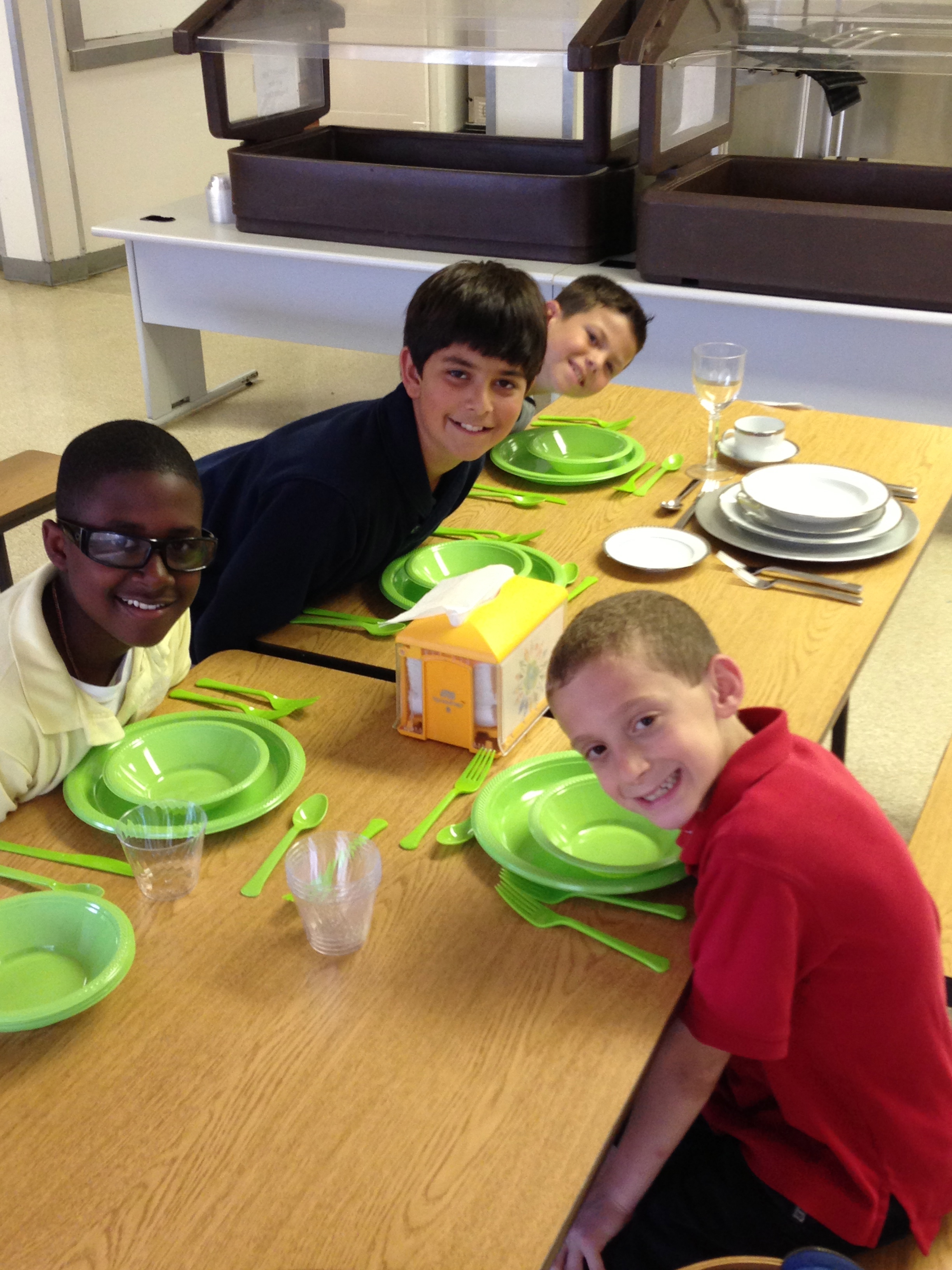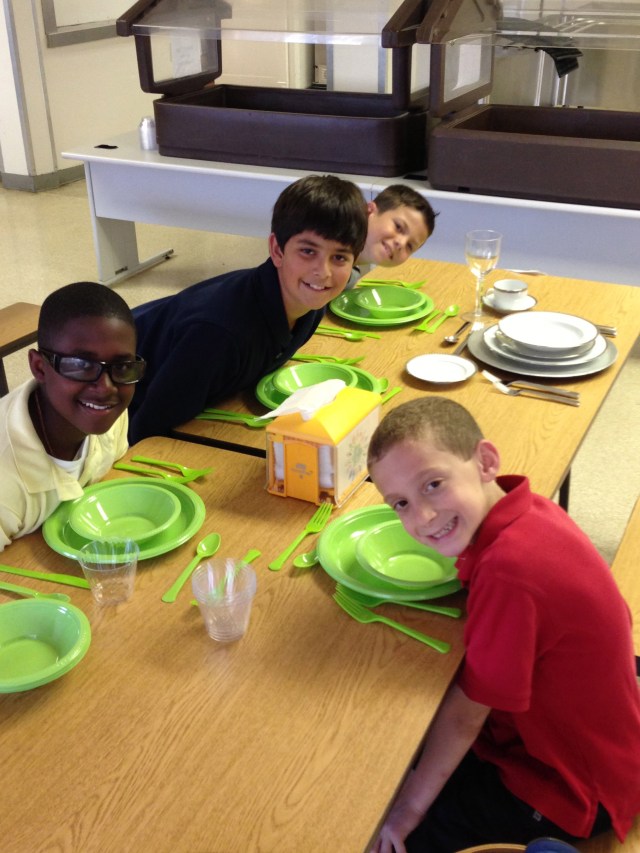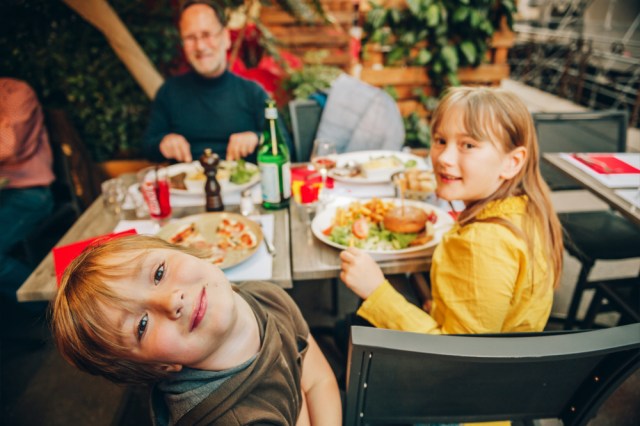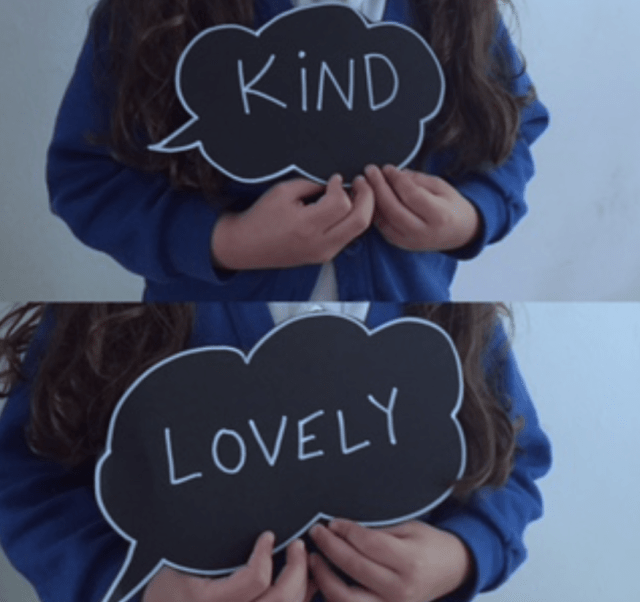
“You can just feel the respect emanating from her.” That’s how my husband describes my former employer and now friend for life, Mrs. Kymberli Parker. She always has a “sir,” “ma’am,” “please,” and “thank you,” rolling off her tongue. She holds the door for you, then offers you her spot in line. “My pleasure,” she says when you thank her. For Mrs. Parker, it’s all about kindness. Case in point: she made friends with someone who she got into an accident with in traffic. That’s not usually a scenario that ends amicably.
In my humble opinion, that’s what makes her so excellently suited to teach etiquette—not to mention her impeccable manners, great taste, and stately sense of style. Just sayin’ (can you tell I adore her?). But it’s not just that. Mrs. Parker brings her spunk and personality—and her six-foot-tall fabulous self—to a subject typically considered stuffy. She bursts into song spontaneously while setting the table. She does a two-step at the podium. She throws hand signs to help you remember your formal dining skills. “A little bit hip-hop, a little bit Coco Chanel,” as she puts it. She pulls it off: a cute sweatshirt with pearls and a Chanel bag.
We were working in her Hillcrest (a neighbohood in San Diego), stationery boutique, Ink by Kymberli Parker, when Mrs. Parker told me about her idea for charm school.
“Promise you won’t laugh?” she said. “I want to start an etiquette business.”
“Great idea, I’ll make a flyer,” I said. And that’s how Mrs. Parker’s Charm School began. Since her girls were attending Francis Parker Lower School in Mission Hills, right around the corner from the store, we decided to start lessons there.
The first after-school course comprised six weeks of one-hour lessons with ten “squirrely” second graders, as Kymberli called them. We spent hours coming up with content, flipping through the training binder she had studied at the Emily Post Institute in Burlington, Vermont. She had a solid plan. And snacks, to keep the squirrels from squirming. On the first day of class in 2012, as she prepared to head over to Francis Parker School, she stopped and looked at me for a moment.
“Leorah,” she said. Her voice sounded serious. “I know what the BLEEP I’m doing, right?”
“I think so,” I said, trying to keep a straight face. Sometimes even the etiquette lady lets one slip. We collapsed into giggles.
“But seriously, you shook hands with President Obama,” I said after we recovered from laughing. True story—she met him at a fundraiser. When they shook hands, he did that thing people do when they are especially delighted or charmed. He shook her right hand, held it for a second, then put his left hand over her right in an intimate gesture, smiling and making eye contact with her. She just has that effect on people.
When I left in 2016, Mrs. Parker had added Prada, Extraordinary Desserts, the Girl Scouts, Balboa Park, Vista Hill, Junior League, San Pasqual Academy, Sycuan, San Diego County Bar Association, Ameriprise, the Lodge at Torrey Pines, Just in Time for Foster Youth, and many others to her client list. In 2018 she visited two Southern California prisons, Donovan Correctional Facility and California Institution for Women, to teach dining skills to inmates participating in a business skills training program. She told me she was nervous as heck beforehand, but the “entrepreneurs-in-training,” as the participants are called, made her feel like a rock star. I figure if she can teach inmates, she can teach kids table manners.
With cheerleading from me, and assistance from her two savvy daughters, home from high school and college (fun fact: they’re a year apart, same birthday!), Mrs. Parker is adjusting to the virtual nature of doing business during the COVID-19 crisis. She is now starting to offer video snippets of her teachings online.
“Thanks for nudging me,” she said when she told me she was posting the first video. She’s too kind to call it nagging.
“Setting The Table with Mrs. Parker” invites us into her home for the first lesson in her most popular class—Dining 101. At her dining room table with her Tiffany china (which she usually takes to class in a charming picnic basket), Mrs. Parker lays down the basics. With sticky notes. Who knew post-its had a place at the table?
Setting the table is something perfect to practice now, while we’re at home. Check parkercharm.com for a list of the goodies you’ll need to get started, and ask the kids to gather up the supplies. Double and triple the recipe if you have multiple kids. Put the kiddos in charge of setting the table every night for dinner, maybe with a different color or theme of their choosing every night. Get out your good china—why not? Mrs. Parker says you have to use your nice things.
Be sure to share your table settings @parkercharm. I know Mrs. Parker would be delighted to hear from you.



















